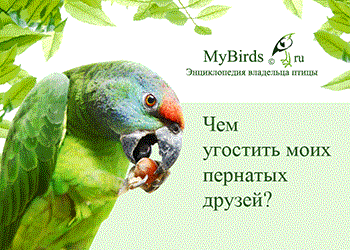The plum-headed parakeet (Psittacula cyanocephala) is a parakeet endemic to the Indian Subcontinent. Plum-headed parakeets are found in flocks, the males having a pinkish purple head and the females, a grey head. They fly swiftly with twists and turns accompanied by their distinctive calls. The plum-headed parakeet is a bird of forest and open woodland, even in city gardens. They are found from the foothills of the Himalayas south to Sri Lanka. They feed on grains, fruits, the fleshy petals of flowers (Salmalia, Butea) and sometimes raid agricultural fields and orchards.
The plum-headed parakeet is a mainly green parrot, 33 cm long with a tail up to 22 cm. The male has a red head which shades to purple-blue on the back of the crown, nape and cheeks while the female has blueish-gray head. There is a narrow black neck collar with verdigris below on the nape and a black chin stripe that extends from the lower mandible. There is a red shoulder patch and the rump and tail are bluish-green, the latter tipped white. The upper mandible is orangish-yellow, and the lower mandible is dark. The female has a dull bluish grey head and lacks the black and verdigris collar which is replaced by yellow. The upper-mandible is corn-yellow and there is no black chin
The plum-headed parakeet is a gregarious and noisy species with range of raucous calls. The usual flight and contact call is tuink? repeated now and then. The flight is swift and the bird often twists and turns rapidly. It makes local movements, driven mainly by the availability of the fruit and blossoms which make up its diet
The breeding season in India is mainly from December to April and July to August in Sri Lanka. Courtship includes bill rubbing and courtship feeding. It nests in holes, chiselled out by the pair, in tree trunks, and lays 2–6 white eggs. The female appears to be solely responsible for incubation and feeding.
In the cell it is the most enjoyable of all ringed parakeet. However, for the first period it requires a special care, soft food (juicy fruit, honey, sweetened cereal, white bread, soaked in milk or tea, and so on) and room temperature. After acclimatization it becomes strong, hardy and undemanding bird. This parrot has a cheerful disposition, peacefulness, his voice does not hurt the ear, as does the other psittacula species’ voice. It sings nice and can be a manual and pleasant pet. They roost communally. In captivity it can learn to mimic beeps and short whistling tunes, and can talk very well. Although their average lifespan is usually between 15 and 20 years, pet birds in captivity, when properly cared for, have been reported to live for up to 30 years and beyond.








